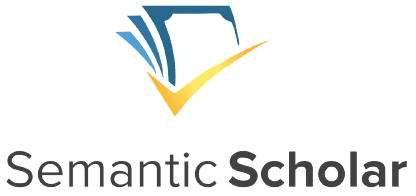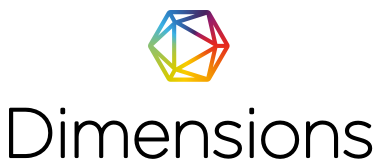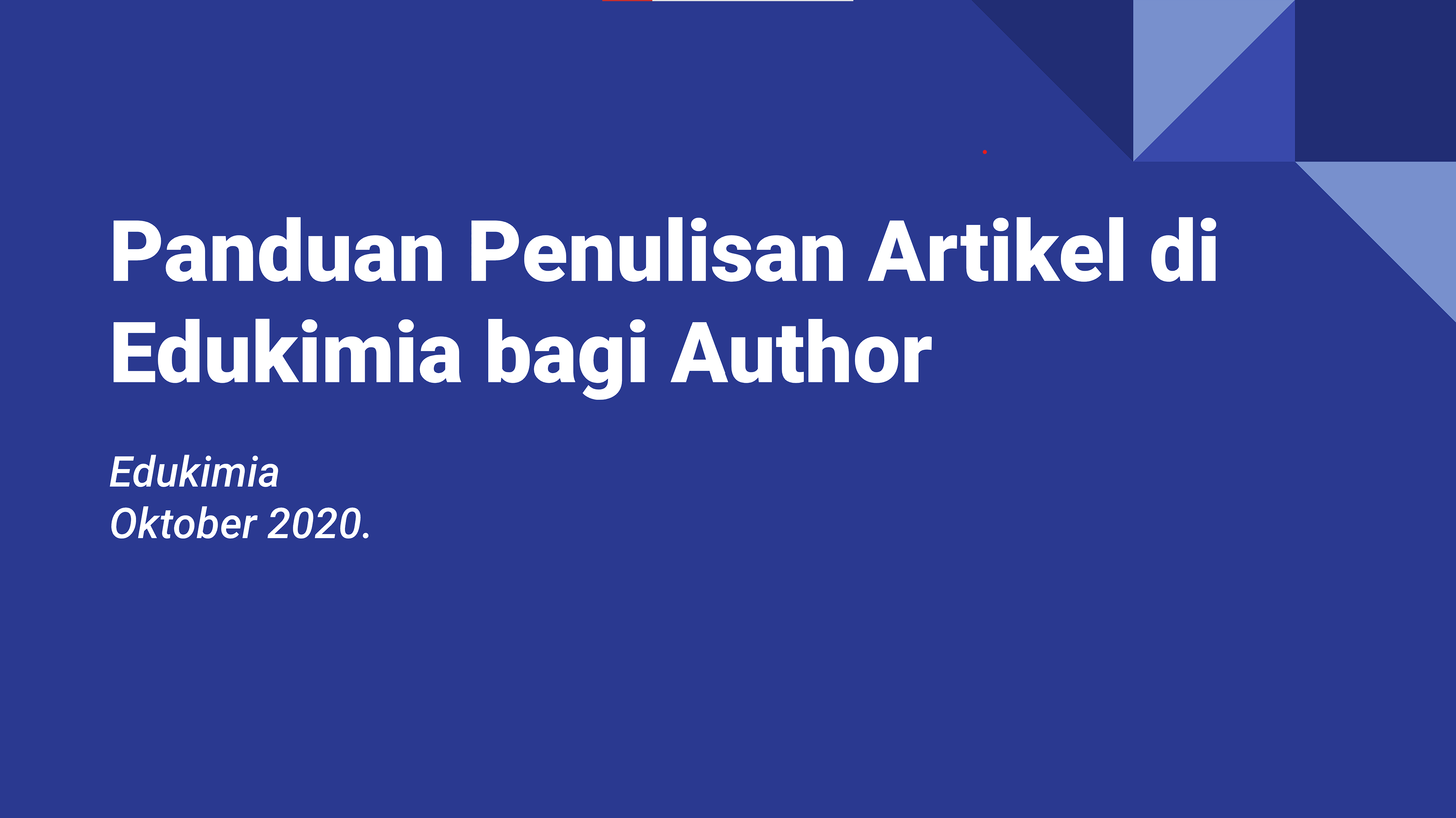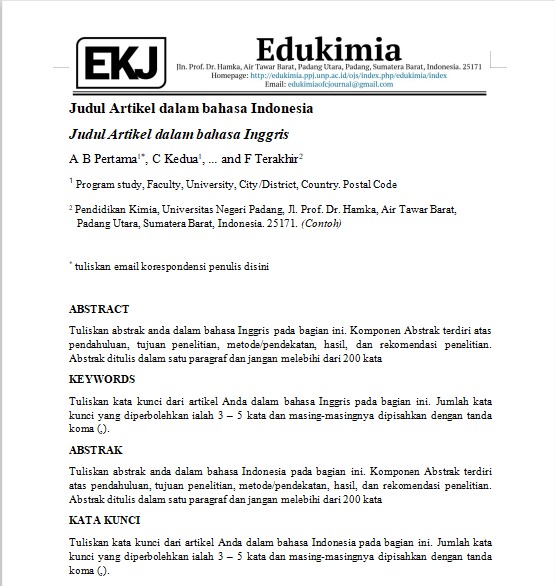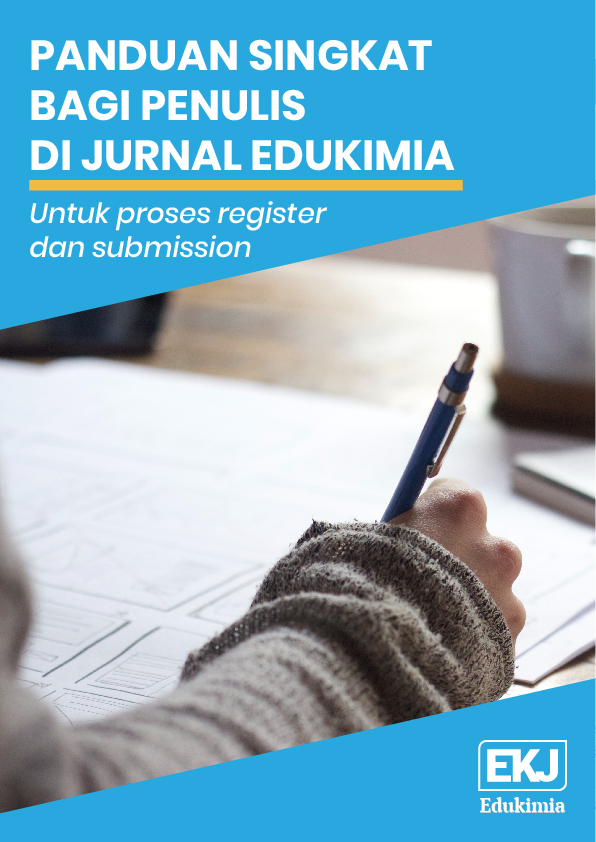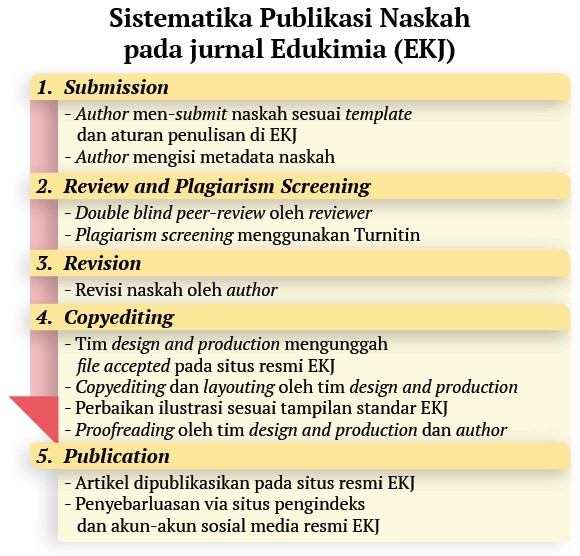EKJ using Vancouver (superscripts, brackets, only year in date) style of writing citations and bibliography. Instructions for writing citations and bibliography please visit the following link: Vancouver (superscripts, brackets, only year in date) and Vancouver (superscripts, brackets, only year in date) reference generator. But for your convenience, we strongly suggest to use Mendeley software to help you referencing and citing works.
Aside from bibliography style that we stated above, we also need to remind you, that you need to fulfill following items on your submission: 1) Using at least 15 references; 2) related with our focus and scope; and 3) Result from plagiarism checker (Turnitin) is less than or equal to 25 percent.
Manuscript Assessment Process
Any accepted manuscript will be reviewed by at least two reviewers, plus editorial comments. The author is required to revise the manuscript according to reviewer comments and editors. Editor team will process it for later publication. For peer review process diagrams please go to Peer Review Process page.
Please use our template to help you format your manuscript in EKJ, download in the Indonesian Manuscript Template or the English Manuscript Template. We have created a temporary guide to help authors understand the submission process on the Edukimia journal website.
For submission process, please refer into this page for more information.
For manuscript writing guide, please refer to this Edukimia Quick Guide: How to Write Manuscript for Edukimia Journal.
Also to ease the submission process, we have decided to divide our Focus and Scope into three main section which are :
- Curriculum, Learning or Teaching Models, and Article Review
- Assessment and Learning Evaluation
- Media and Technology in Education
The application of generative AI and AI-assisted technologies to scientific writing
Please keep in mind that this policy only applies to the writing process and does not cover the use of AI tools to analyze and extract insights from data as part of the research process.
When authors employ generative AI and AI-assisted technologies in the writing process, they should only do so to improve the work's readability and language. Because AI can provide authoritative-sounding output that is wrong, incomplete, or prejudiced, its use should be done with human oversight and control, and authors should carefully review and revise the results. The authors are entirely liable and accountable for the content of their work.
Authors should disclose the use of AI and AI-assisted technologies in their manuscripts, and a statement will be included in the published work. Declaring the usage of these technologies promotes transparency and confidence among authors, readers, reviewers, editors, and contributors, as well as compliance with the applicable tool or technology's conditions of use.
Authors should not list AI or AI-assisted technologies as authors or co-authors, nor should they mention AI as such. Authorship involves obligations and actions that can only be assigned to and carried out by humans. Each (co-)author is responsible for ensuring that any doubts about the accuracy or integrity of any element of the work are properly examined and resolved, and authorship needs the ability to approve the final version of the work and agree to its submission. Authors are also responsible for verifying that the work is original, that the indicated authors qualify for authorship, and that the work does not violate third-party rights.
Please use our template to help you format your manuscript in EKJ, visit the Indonesian Manuscript Template page or the English Manuscript Template page. We have created a temporary guide to help authors understand the submission process on the Edukimia journal website.

.jpg)


